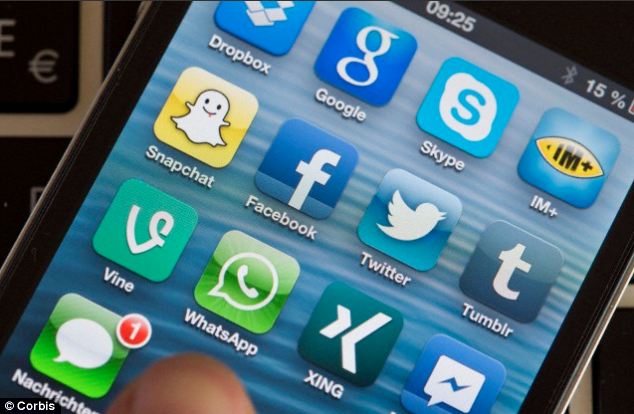Patient empowerment is the new standard in the healthcare industry. Healthcare professionals all over the world realize the importance of patient participation or patient involvement in the healthcare delivery process.
According to the research conducted on patient empowerment, such measures are known to improve medical outcomes, which furthers the purpose of healthcare.
Heart patients, in particular, have a lot to gain from this. Over half of the population in the United States have some form of heart disease. Not only this, it is believed to be the number one cause of death all over the world. The number of people who succumb to their heart problems every year is horrifically on the rise.
This further intensifies the need for empowering heart patients. And the best way to do this is through telehealth.
What is Telehealth?
You might’ve heard about remote medical assistance. It’s similar to that in many ways. Telehealth implies that even though your medical practitioner isn’t with you all the time, s/he is still able to offer medical assistance as and when required using telecommunication channels. Technological advancements have made it possible for patients to seek a doctor’s help round the clock.
This form of medical assistance has its own set of limitations. For instance, in cases where a physical examination is necessary, there’s little a doctor can do with a Skype call. In other cases, based on the symptoms shared by the patient, the doctor can, with considerable credibility, diagnose issues and treat them proactively to avoid deadly encounters.
Telehealth solutions are increasingly becoming popular, particularly with heart patients. Here are a few reasons for this.
1. Patient Satisfaction
Patient satisfaction is known to be intricately linked with patient empowerment. When the patient is equally involved in his/her treatment, they’re more likely to feel capable and in control of their situation. They’ll readily make radical changes to their lifestyle to improve their situation. This, in turn, yields higher patient satisfaction.
These days, medical practitioners and healthcare institutions are realizing that patient satisfaction isn’t merely related to effective treatment. It offers a competitive edge over other institutions providing similar services. When analyzing different healthcare service providers, in addition to patient footfall, patient satisfaction is increasingly becoming a dominant driving force.
2. Patient Empowerment
Patients are now able to participate in their treatment regimes. The healthcare professionals aren’t merely delegating the routine that needs to be followed for a healthier change. They’re taking into consideration the minute details of the patient’s lifestyle, initiating a change from within. Both parties can break down the goals into small and achievable simple steps. Progress can be monitored in real-time, and any impending health complications can be handled. Patient empowerment is, in fact, the key to preventive medicine that can have long-lasting impact on the patient’s health. Telehealth is not only about treating a health issue but also about providing ongoing medical support.
3. Immediate Relief
Telehealth ensures medical assistance is always available at your fingertips. You just need to make a call or send in an emergency impulse to hear back from the healthcare center. So whether you’ve just begun to feel palpitations or you’re experiencing something as drastic as a heart attack, you can make sure help is on its way.
Most of the modern telehealth solutions offer real-time monitoring of patient statistics as well. If anything goes out of the ordinary and isn’t reported, healthcare practitioners are in a position to take self-action to ensure patient safety. It’s always pleasant to know somebody is looking after you.
4. Education
The field of medicine is incredibly vast. There are several thousand unique medical conditions that require different treatments and preventive routines. Even when you limit the scope to heart conditions, there’s an encyclopedia of knowledge that nobody can completely understand or memorize.
The doctor-patient interaction in clinics is quite limited. There may be some health pointers that the doctor expects the patient to know about his/her condition, particularly if they’ve been struggling for a long time. Or there may be questions that arise in the mind of the patient after leaving medical office. In such situations, telehealth is a life-saver.
Patients can use telehealth services to gain education about their medical problems, particularly the minute details. For instance, are tomatoes healthy for heart patients? If you try researching this online, you’ll have half of the resources stating it is healthy and half of them assuming they should not be consumed. It is always better to get an expert opinion on the topic.
5. Lowering Healthcare Costs
Last but not the least; telehealth can reduce healthcare costs for both the patient as well as the healthcare businesses. Telecommunication channels eliminate the need for an adequately furnished medical office. Because medical practitioners can work out of their homes as well, most healthcare providers are thinking to telehealth company into their existing practice.
Debatably, the business model for telehealth involves hiring a team of specialized individuals to direct the call traffic to the right specialist. Nevertheless, it is relatively cheaper as compared to the traditional model. This, in turn, can reduce the cost of healthcare for patients, enabling them to receive help at any time for a minimal fee.
This, however, doesn’t mean that the traditional model of healthcare can be overlooked entirely. Telehealth merely aims to support the patient in between appointments. In some cases, telemedicine can be used to schedule appointments too. At a certain point, the physical examination might be compulsory in taking the treatment forward.
In essence, although telehealth is expected to become huge in the future, it cannot entirely replace the traditional system. It does offer a wide range of benefits ranging from convenience to patient satisfaction.
As per the pressing need of time, telehealth can play an important role in reducing the number of untimely deaths associated with heart diseases. It promotes longevity and health, bringing a lasting change in the lives of the patients. In the end, it is all about sharing and caring for a better future for all.



